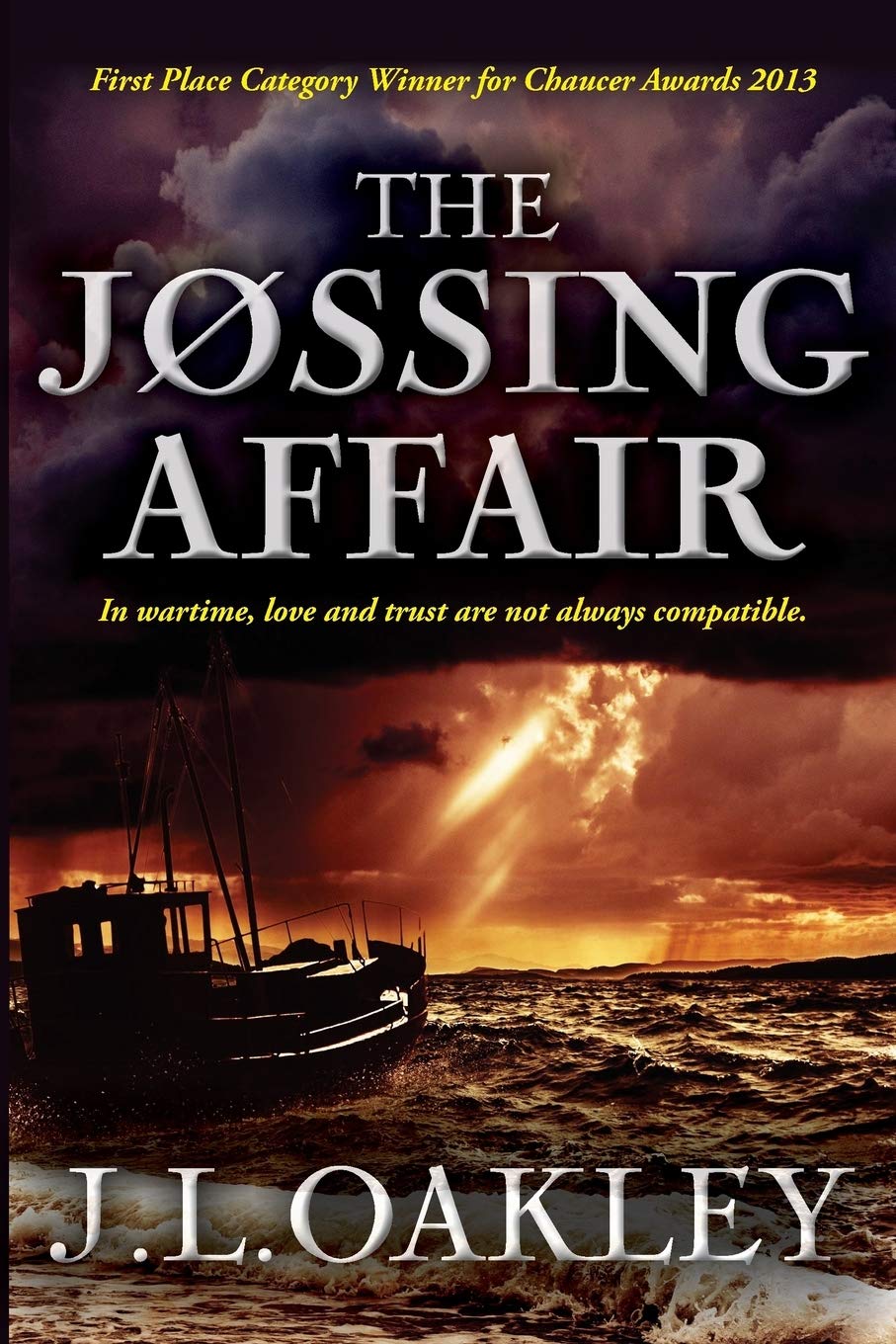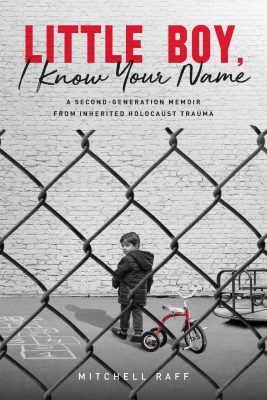|
Listen to or download this article:
|
Herrwn, Chief Priest of a secret Druid community, has spent his entire, privileged life in Llwddawanden, a secluded valley kept separate from the spread of Christianity from both Saxon and Celt alike, in A.M. Linden’s The Valley (The Druid Chronicles, Book Two).
Nonbelievers of the Great Mother Goddess threaten inevitable persecution. But Herrwn has maintained the traditional practices passed to him by his own father. As an orator in charge of repeating the legends and beliefs of his people, he knows the importance and the heavy responsibility required by his sacred office. With the decrease in believers outside of the valley, he understands the precarious position of the community and the difficult balance he must maintain.
Over the course of his long life, he has come to rely on his cousins, Olyrrwd (Chief Healer) and Ossiam (Chief Oracle). Still, as the years pass, his loyalties become torn when what starts as simple gibes between the two priests morphs into unspoken fear of what the other might do to gain favor with the various priestesses chosen as the Goddess Incarnate. Having lost his beloved wife and young child, Herrwn grows closer to Olyrrwd and becomes the peacekeeper between the priests to keep what remaining family he has left.
When a promising young man, Caelym, the son of a former Goddess Incarnate, becomes the sole priest-in-training, the cousins further divide on the right course of action for the clan. At each turn, dissension and sedition threaten every belief and tradition that holds the people together, and Herrwn will have to make decisions that could change the course of his community forever.
One notable strength of this prequel lies in Linden’s character development.
Herrwn becomes real as his life story unfolds. The tragic loss of both Lothwen, his consort, and Lillywen, his young daughter, forge him into a contemplative and thoughtful character. The reader will feel his grief through his shared memories of their time together and the depth of the love that ran deep enough to keep him from ever becoming the consort of any other woman nor the father of any more children.
The remembrance of his doting and proud father’s advice and the love of a mother long gone will resonate with readers. We witness his strength and forethought as he tries to soothe the growing tensions and tread the choppy waters of change surging through his once-tranquil life. However, Herrwn is only one of many such characters so well developed that they seem to leap from the pages into real life.
Olyrrwd, the physician combining herbal and ritual healing, is another such character.
His charm and humor will make him a reader-favorite with his sarcastic, albeit pithy comments. As the novel continues, the two become closer than just their familial bonds of cousins. Each is a sounding board for the other, and their relationship is reminiscent of that one friend every person has–the one who understands without words and knows us better than we know ourselves.
However, the mixture isn’t complete without a bit of chaos, and that is where their cousin Ossiam takes the stage.
The reader will love to hate him as much as Olyrrwd does in that classic villain way, second-guessing his every move and questioning his every motive. With his charismatic control over the young Goddess Incarnate and his scheming to gain more than her favor, he is a perfect catalyst to the majority of the boat-rocking that disturbs both cousins’ lives. This collision of values causes Herrwn’s peacemaker qualities to emerge.
The ongoing battles between Olyrrwd and Ossiam create a palatable tension and serve to drive the force within the plot itself. It also reminds the reader that although millennia separate Herrwn, Ossiam, and Olyrrwd from the modern world, people are essentially the same. Fear, anger, love, hate–the emotions that make us human are the same as those of every human, creating a surprising connection to these pagan Druids.
A theme within this frame story prequel revolves around change and its impact on human relationships and cultures.
Right from the start, the Druid clan fights a dramatic shift within the Saxon kingdoms surrounding their valley. Set during the spread of Christianity and the turning away from pagan gods and goddesses, the sacred shrines and villages retreated into an even more secluded region.
For many years, their isolation kept away the influences brought by Roman occupation; however, as more and more Saxons converted, the worshipers of the Mother Goddess began to follow suit, including members of Herrwn’s own family. Believers begin to defect and lose faith.
For a Chief Priest set to educate future priests to pass on their very heritage, these changes literally show the end of an ancient religion. He must watch the foundation of his life shift and begin to crumble.
Every choice and every thought is consumed with rituals that are fast becoming meaningless. Reconciling–much less accepting–these changes will cost Herrwn more than a sleepless night. Not only is the clan facing a loss of faith, but the mature priest must also learn to live with a younger generation that seems to disregard many of the traditions he is fighting so hard to save.
From a Goddess Incarnate chosen for her beauty rather than wisdom to her blood-thirsty consort challenging better trained and better equipped Saxon enemies, the generation set to lead poses a change to the somber, thoughtful people of Herrwn’s youth.
With the attention to detail, explanation of ancient rituals, and the mythology within the clan’s legends, this novel builds a community, exploring a people about which little is actually known. It’s an extraordinary portrayal, breathing life into a long-dead civilization. Readers feel Herrwn struggle as he endeavors to keep a secret Druid community alive, fracturing from within, persecuted from without by the spreading Christian church. Highly recommended!











Leave A Comment